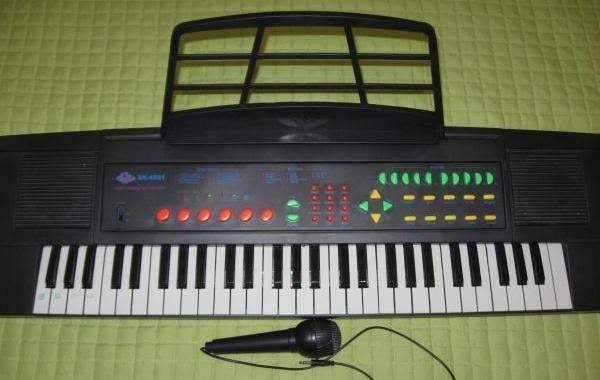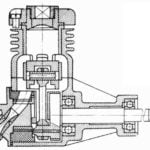 In selling there are a number of relatively inexpensive electronic musical instruments (EMI) of Chinese origin that fall within the price category of a toy. However, inherent in their electronics capabilities can reach far enough beyond the “toy”, and the user is often not specified. So, I purchased keyboards AMY SK-4901 (33.e.) the in which includes rhythm programming by the user (it is relatively expensive and quite complex polyphonic child of AMY) TO the user about its capabilities is presented sparingly enough, and in this article provides add-ons to it.
In selling there are a number of relatively inexpensive electronic musical instruments (EMI) of Chinese origin that fall within the price category of a toy. However, inherent in their electronics capabilities can reach far enough beyond the “toy”, and the user is often not specified. So, I purchased keyboards AMY SK-4901 (33.e.) the in which includes rhythm programming by the user (it is relatively expensive and quite complex polyphonic child of AMY) TO the user about its capabilities is presented sparingly enough, and in this article provides add-ons to it.
When you click “PROGRAM” lights up the corresponding led and the possibility of programming the rhythm using percussion (drums) keys (suburban tool 6) Next to the button “PROGRAM” button is the “PROG/PLAY” to start the entered rhythm When programming this button plays the role of a pause Asked beat divided into 16th notes, which are entered on line, and on the first beat, you can record the sound of only one instrument or a pause. If the sound of instruments to record as a hit, it is unlikely to bring positive results However if to approach the matter more thoughtfully, you can get a number of rhythms are suitable, for example, for rehearsals or demos.
Consider how to do To obtain, for example, the rhythm of the waltz you need the beat of 16th notes divided into 3 equal parts, what exactly is impossible, so 16th notes divided by 5+5+6 first recorded snare drum (press the appropriate key once), then 4 times, dial press “PROG/PLAY” (pause 4) The second cycle begins with the key “bar” and then again 4 times is “PROG/PLAY” AND in conclusion—1 “the bar” and 5 “PROG/PLAY”. If you again press the “PROG/PLAY”, a set rhythm will start playing While the rhythm of the waltz is not entirely smooth, when set to a speed that is hardly noticeable In figure 1 shows the keypad sequence while programming of the waltz.

Fig. 21 -24. Simple rhythms, consisting of the alternation between the two percussion instruments, or from the repetition of several identical fragments
Figure 2 shows the assignment of the rhythm of 6/8 as 16 by 6 without a remainder, again, is not divided, the rhythm is also not very smooth (more reminiscent of lezginka).
The rhythm of the bit can be composed of two equal repeating parts (figure 3), as the previous one, or figure 4.
And here are some of the commonly used rhythms (fictitious): bit-twist (Fig.5), rock alternative (figure 6) or a slightly modified version (Fig 7), rock-1 (figure 8, a rhythm may consist of two repeated first or second half of this rhythmic pattern), rock-2 (figure 9), the rhythm reminiscent of “Hero of asphalt” “Aria” (figure 10), pop rock (figure 11), 3 variations of twist (Fig. 12 -14), 3 versions of the tango (figure 15-17), Bossa Nova (Fig.18), 2 swing (Fig 19,20—they give a good result at sufficiently high velocity).
More simple rhythms can consist of the alternation between the two percussion instruments (possibly after a pause, figure 21) or from the recurrence of several identical fragments (Fig 22-24) the examples Given are not something immutable You can approach programming in a creative, changing instruments, tempo and its component pieces according to your taste.
A. BRANITSKY, Minsk, Belarus



